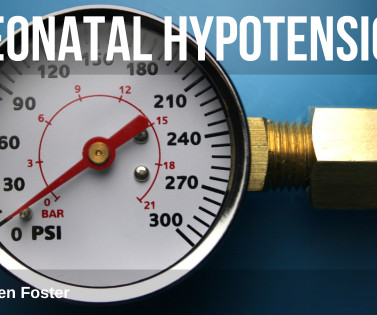Best Of AAST #7: How Do You Like Your Platelets – Warm Or Cold?
The Trauma Pro
SEPTEMBER 20, 2023
Until the last few years, massive transfusion in trauma consisted of component therapy, an admixture of packed red cells, plasma, and platelets. Whole blood transfusion is making inroads again, but it is used in a minority of centers.























Let's personalize your content